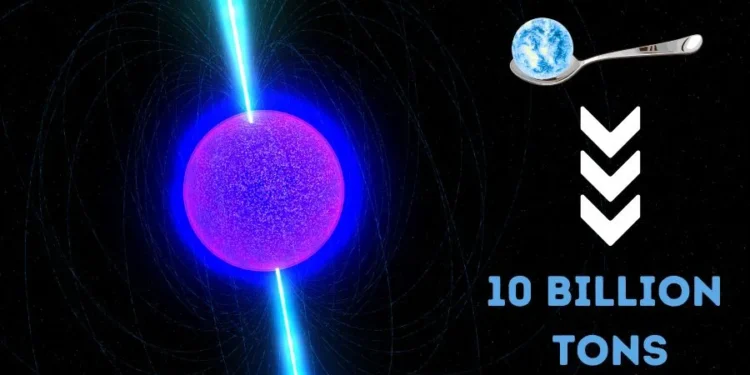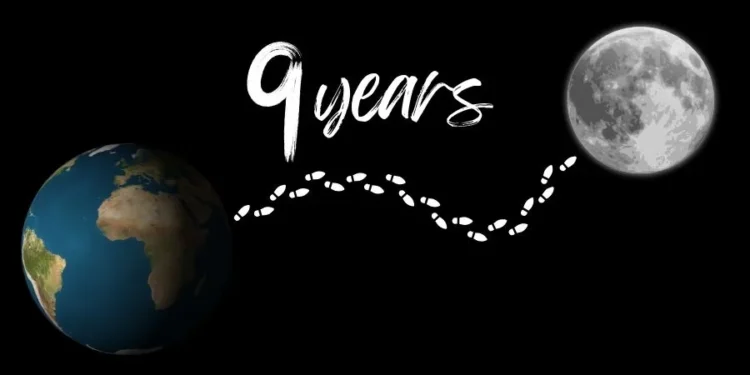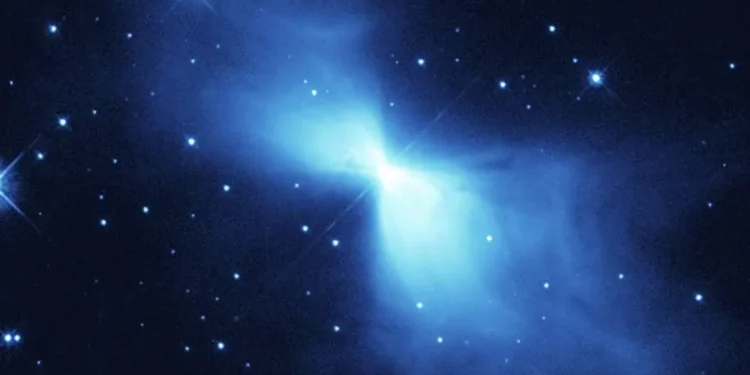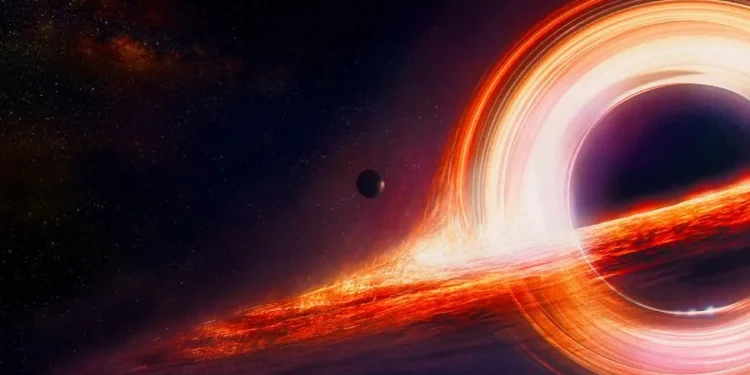Universe is full of amazing and extreme things that will blow your mind! There are many facts that will make you feel worthless about our existence.
From the hottest planets to the biggest black holes, the universe is full of surprises. These incredible facts will take you to the farthest parts of space and show you things you’ve never imagined. Get ready to learn Top 5 most extreme and wildest facts about space!
Remember to look up at the stars and not down at your feet
– Stephen Hawking
The Hottest Planet Venus: 900°F (482°C) Temp

Venus, often known as the Earth’s twin due to its similarity in size, holds an extreme title as the hottest planet in the solar system. Despite being the second planet from the Sun, the surface temperature in Venus soars to an unbelievable 863°F (462°C). It also has the record of highest temperature recorded, which is 900°F (482°C).
This extreme heat is caused by Venus’s thick atmosphere, which is mostly made of carbon dioxide, with clouds of sulfuric acid. These clouds trap heat in a runaway greenhouse effect, making Venus more hotter than Mercury. For comparison, lead would melt on Venus’s surface, and no spacecraft can survive long after landing. These extreme conditions make Venus a fascinating but deadly place.
Neutron Stars: One Teaspoon Weighs 10 Billion Tons!

Neutron stars are the remnants of massive stars that have exploded in supernovae. When a star runs out of fuel, it collapses under its own gravity, and its core becomes incredibly dense, forming a neutron star. These stars are so dense that just a single teaspoon of neutron star material would weigh around 10 billion tons on Earth!
To put that in perspective, that’s more than the combined weight of all human-made structures on Earth. Neutron stars are only about 20 kilometers (12 miles) in diameter, but they pack more mass than our Sun. This incredible density makes them one of the most extreme objects in the universe.
Walking to the Moon Would Take Nine Years

While the Moon seems relatively close to Earth when we look up at it in the night sky, the actual distance between our planet and its natural satellite is staggering. On average, the Moon is about 238,855 miles (384,400 kilometers) away from Earth.
To put this distance into perspective, imagine trying to walk all the way to the Moon! If you were to walk at a steady pace of 3 miles per hour, which is the average speed for a human walking on flat ground, and you walked for 8 hours a day, it would take approximately nine years to complete the journey.
That’s based on walking a little over 24 miles (38 kilometers) per day. Keep in mind that walking continuously for nine years without stopping for sleep, food, or breaks would be an impossible feat, but this example helps visualize just how far away the Moon is.
The Coldest Place in the Universe: The Boomerang Nebula

While space is often thought of as cold, no place is colder than the Boomerang Nebula. Located about 5,000 light-years away in the constellation Centaurus, this nebula is the coldest known spot in the universe, with temperatures dropping to a frigid -458°F (-272°C).
This is just a hair above absolute zero, the coldest temperature possible, where all atomic motion ceases. The Boomerang Nebula gets its extreme cold from rapidly expanding gas, which cools as it spreads out into space. At these temperatures, even the heat from nearby stars cannot warm the nebula, making it one of the most extreme and fascinating locations in the cosmos.
Black Holes Stretches Time and Space

Black holes are some of the most extreme objects in the universe. Their gravity is so strong that nothing—not even light—can escape once it passes the event horizon. But black holes don’t just pull things in; they warp both space and time around them.
As an object approaches a black hole, it experiences what scientists call “spaghettification.” This means the intense gravitational pull stretches objects into long, thin strands. Additionally, time slows down near a black hole—a phenomenon predicted by Einstein’s theory of relativity. For a distant observer, it would appear that time nearly stops for anything falling into a black hole, creating one of the most mind-bending effects in space.










